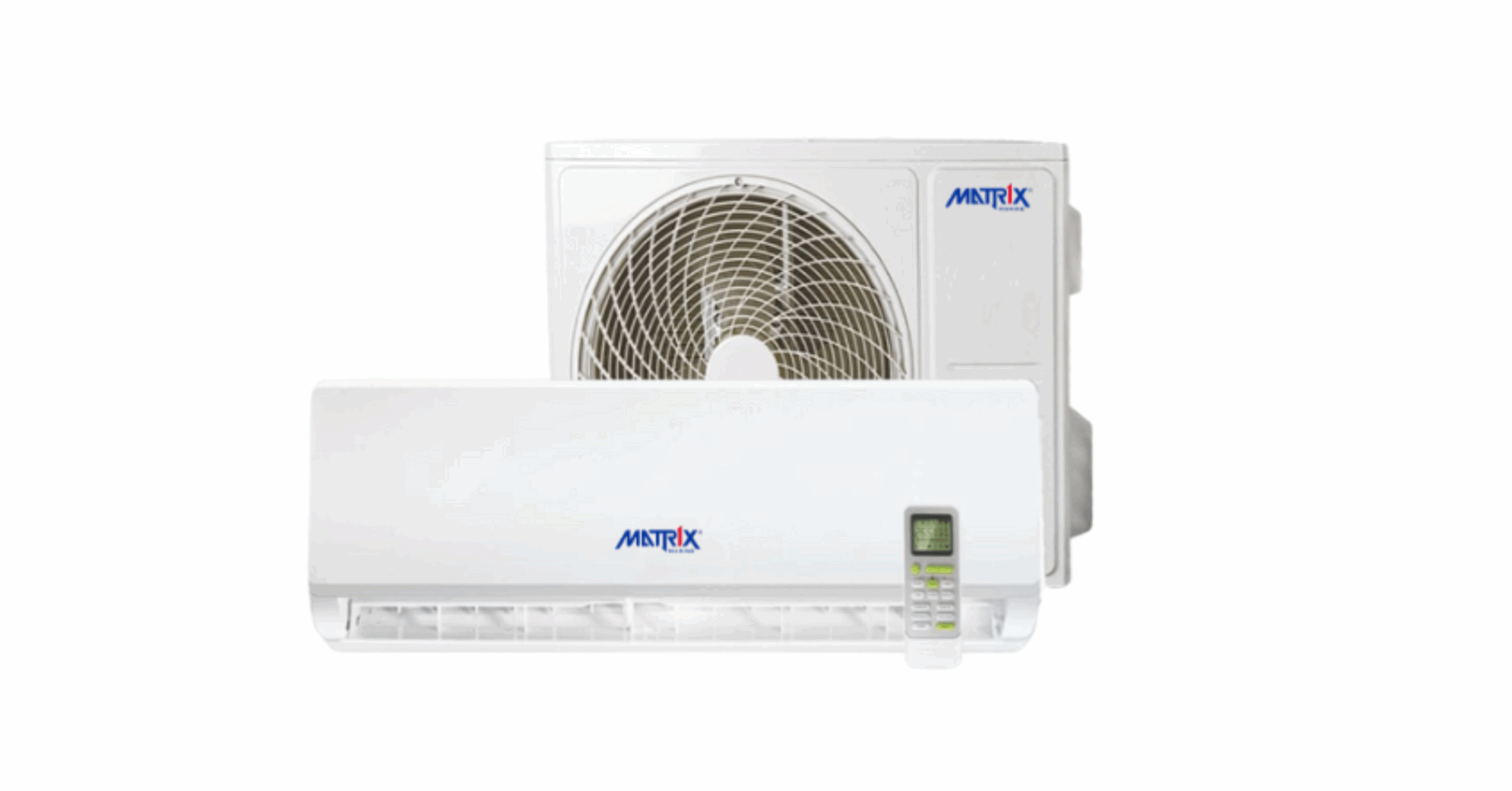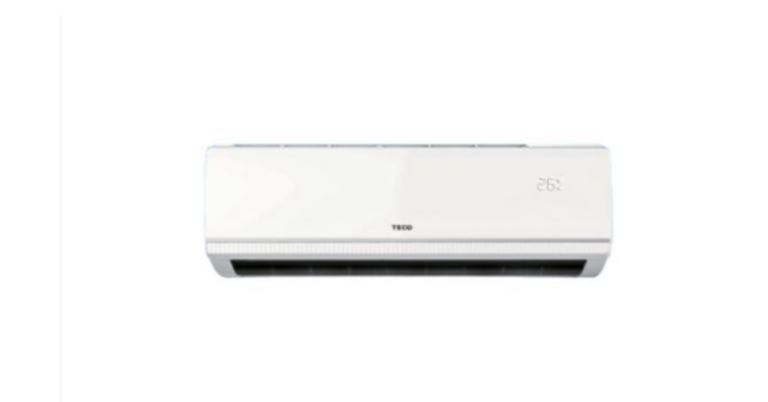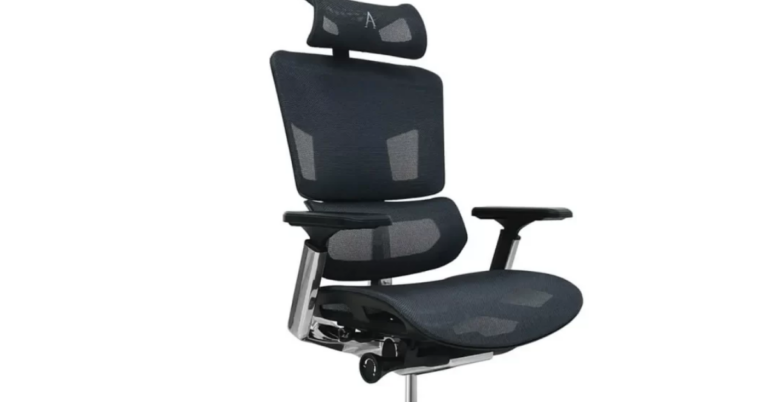Understanding the Split Air Conditioning Unit: A Modern Cooling Marvel
In today’s world of advanced climate control technologies, the Split Air Conditioning Unit stands out as a popular and efficient cooling system. Whether you’re outfitting a home, office, or marine vessel, split AC systems provide powerful temperature control, energy efficiency, and flexibility in installation. Their sleek design and adaptability make them ideal for a wide range of environments, including specialized settings such as cruise ships and marine accommodations, where compact yet robust climate systems are essential.
What Is a Split Air Conditioning Unit?
A split air conditioning unit, as the name suggests, consists of two main components: an indoor unit and an outdoor unit. The indoor unit is responsible for distributing the cooled air into the space, while the outdoor unit houses the compressor and condenser, which are crucial for the refrigeration cycle.
Unlike window air conditioners, split systems do not require a large opening in the wall. Instead, the connection between the indoor and outdoor units is made through a small pipe or conduit that carries refrigerant, power lines, and drainage.
Components of a Split AC System
To better understand how a split air conditioning unit functions, it helps to know the key components involved:
-
Indoor Unit: Mounted inside the room, this unit includes an evaporator coil, air filter, blower fan, and thermostat. It draws in warm indoor air, cools it using refrigerant, and circulates it back into the room.
-
Outdoor Unit: This is placed outside the building and contains the compressor, condenser coil, and a fan. It expels the absorbed heat from the refrigerant to the atmosphere.
-
Refrigerant Lines: These insulated tubes transport the refrigerant between the two units.
-
Drain Pipe: This removes the condensed moisture collected from the air.
-
Remote Control/Smart Controller: Allows users to set temperature, fan speed, and modes from a distance.
Advantages of a Split Air Conditioning Unit
1. Energy Efficiency
Split ACs are generally more energy-efficient than traditional HVAC systems, especially if they come with inverter technology. Inverter models can adjust the compressor speed to maintain a consistent temperature without frequently turning on and off, leading to significant energy savings.
2. Quiet Operation
Because the compressor and fan motor are located in the outdoor unit, the indoor environment remains quiet. This is particularly important for bedrooms, meeting rooms, or ship cabins where noise can be a disturbance.
3. Flexibility in Installation
One of the biggest advantages of a split air conditioning unit is the ease of installation. With no need for ductwork, these systems can be installed in a wide range of buildings, from modern apartments to marine ships where space is limited.
4. Improved Air Quality
Many modern split AC systems come with advanced filtration technologies. These filters trap dust, allergens, and bacteria, contributing to a healthier indoor environment—something critical in enclosed areas like cruise ships and offices.
5. Cost-Effective Maintenance
Split AC units are generally easy to maintain. Regular cleaning of the filters and periodic checks by a technician keep the system running efficiently. Since the system is modular, specific parts can be repaired or replaced without overhauling the entire unit.
Applications in Marine and Commercial Settings
Split AC units are increasingly used in marine environments, including yachts, cruise ships, and commercial vessels. The reasons for their popularity in such settings include:
-
Compact Design: Space is at a premium aboard ships. Split ACs offer powerful performance without occupying much room.
-
Corrosion Resistance: Many marine-grade split air conditioning units are built with materials that resist corrosion from saltwater and humidity.
-
Reliable Climate Control: For passengers and crew alike, maintaining a consistent and comfortable temperature is essential. Split systems offer the precision needed in such scenarios.
Considerations When Choosing a Split Air Conditioning Unit
Before purchasing a split AC system, there are a few key factors to consider:
1. Cooling Capacity
Measured in BTUs or tons, cooling capacity should match the size of the room or area being cooled. Undersized units will struggle to maintain temperatures, while oversized ones can lead to energy waste and humidity issues.
2. Energy Efficiency Rating (EER/SEER)
A higher rating indicates better energy performance. Look for units with Energy Star certification or high SEER ratings to ensure long-term savings.
3. Installation Environment
If you’re installing the unit in a marine environment or a high-humidity area, ensure it’s specifically designed to withstand such conditions. Marine split air conditioning units are built for durability in challenging climates.
4. Brand and Warranty
Choose reputable brands that offer robust customer support and warranty options. This ensures peace of mind in case of any future repairs or replacements.
5. Smart Features
Modern split AC units may come with Wi-Fi connectivity, programmable timers, and voice-control compatibility. These features not only provide convenience but also help optimize energy use.
Environmental Impact
Split air conditioning units, especially inverter and energy-efficient models, have a lower environmental impact compared to older systems. However, the refrigerants used can still contribute to greenhouse gas emissions if not handled properly. It’s essential to choose systems using eco-friendly refrigerants like R-32 or R-410A and ensure proper maintenance to avoid leaks.
Additionally, some manufacturers are now focusing on sustainable technologies and solar-compatible models, which further reduce the carbon footprint of these cooling systems.
Conclusion
The Split Air Conditioning Unit has revolutionized the way we manage indoor climates, offering a blend of efficiency, comfort, and flexibility. Whether you’re cooling a single room, an office, or an entire marine vessel, split systems provide scalable solutions without the need for extensive infrastructure.
For specialized applications, such as marine environments and cruise ships, the adaptability and compact design of split AC units make them a smart investment. As technology continues to evolve, we can expect these systems to become even more efficient, quieter, and smarter, making them a cornerstone of modern climate control.
If you’re considering a cooling solution that is efficient, reliable, and suitable for various environments, the Split Air Conditioning Unit should be at the top of your list.



